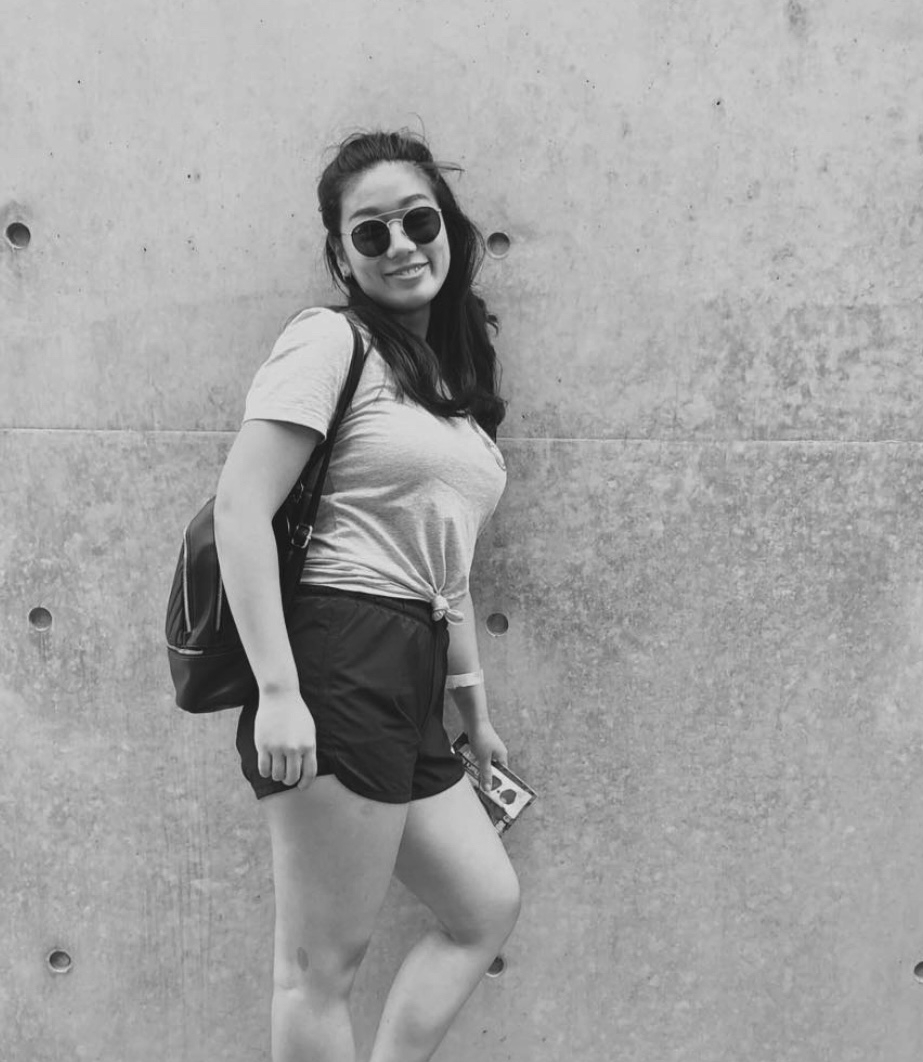We were lucky to catch up with Yan Wang recently and have shared our conversation below.
Yan , thanks for taking the time to share your stories with us today Can you walk us through some of the key steps that allowed you move beyond an idea and actually launch?
The idea often begins as a spark—sometimes a simple yet powerful concept, a spatial gesture that defines a unique experience, or an innovation in function and program. Once this idea takes hold, it lingers in my mind for days, running in the background like an unfolding dialogue. During this phase, related concepts emerge organically, expanding like a growing bubble, connecting to broader design narratives.
The next step is refinement and practicality. Research plays a crucial role—I delve into architectural precedents, programmatic studies, and urban context to shape the idea into a more defined vision. This process distills the concept into a few clear paths, as I believe good design should aim to achieve one strong, compelling idea rather than trying to do too much. Once the direction is clear, I translate it into tangible form through hand sketches and prototype models, allowing me to explore spatial relationships and bring the concept to life on paper.
From there, I focus heavily on materiality, especially in one of my greatest design passions—the façade. I believe materials add an essential layer to architecture, engaging the senses in ways beyond just the visual. The texture, the way light interacts with a surface, the way a material ages over time—these are all critical elements that influence how people experience a space. Touch, feel, even smell—materials ground a design in reality and make it truly tangible.
As the project moves toward construction, practicality becomes a major factor. Balancing the purity of the initial concept with the realities of building constraints, cost, and execution is one of the greatest challenges. It’s a constant negotiation—how to maintain the architectural expression without compromising the core vision. This stage requires discipline, adaptability, and a deep understanding of both design and construction. In the end, the success of a project lies in its ability to carry that original spark through every phase, from concept to reality, ensuring that the built space reflects the integrity of the initial idea.
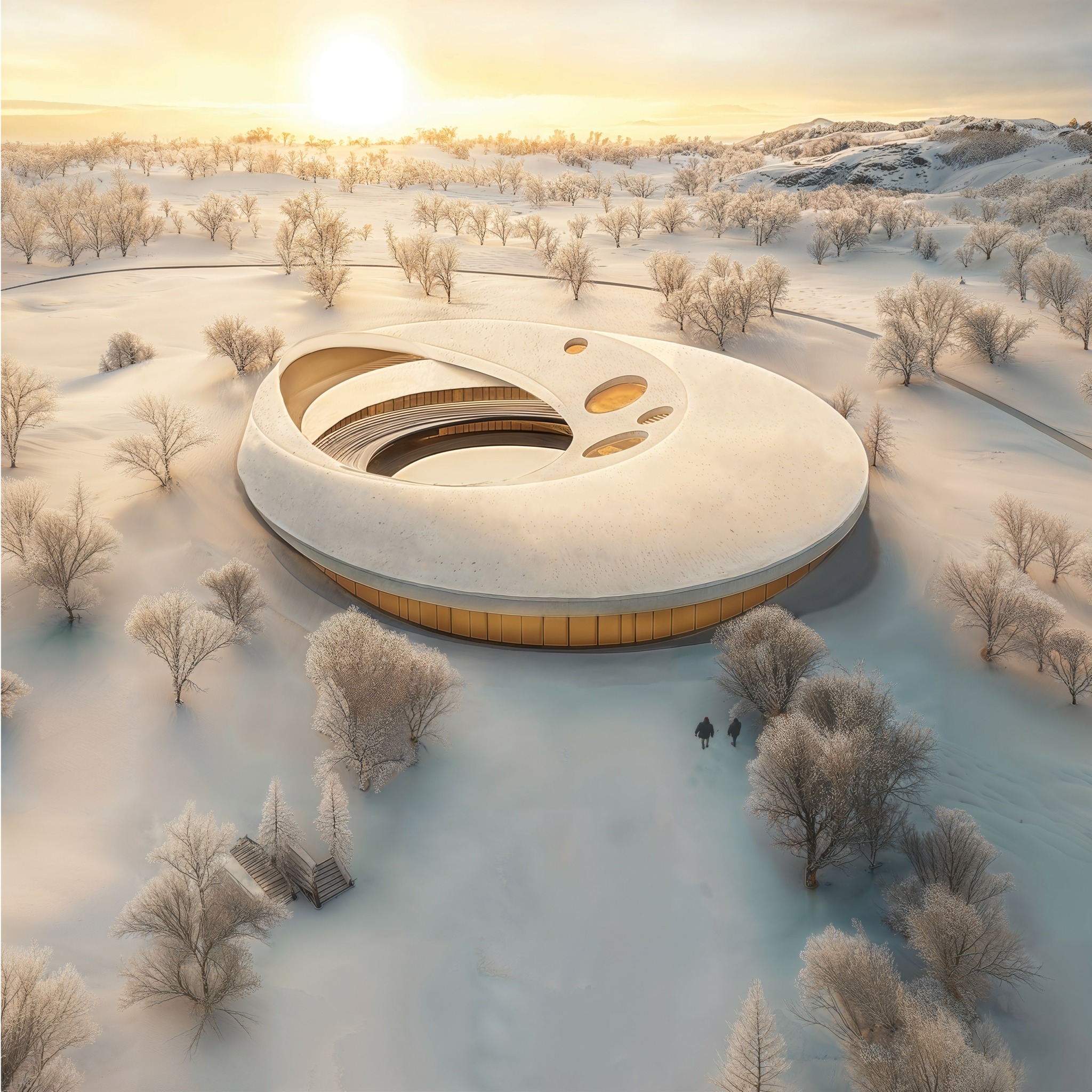
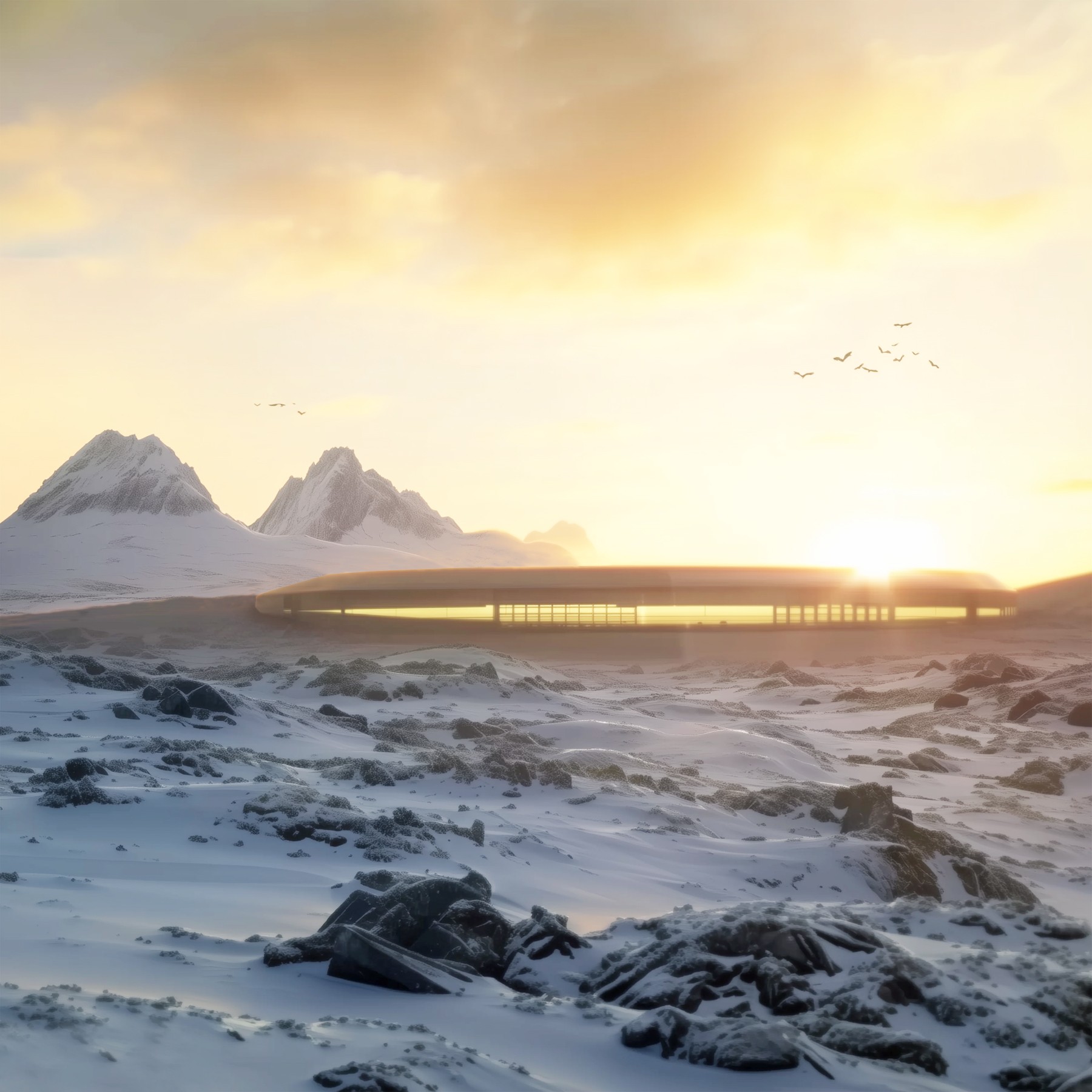
Yan , before we move on to more of these sorts of questions, can you take some time to bring our readers up to speed on you and what you do?
My name is Yan Wang, and I am an architect with a deep passion for creating spaces that are both functional and sensorially engaging. My journey began with a fascination for how the built environment shapes human experiences, leading me to specialize in architecture and spatial design. I believe a well-designed building is more than aesthetics—it’s a bridge between structure and environment, influencing perception and interaction.
My work blends strong conceptual foundations with material exploration, ensuring that each project is both visually compelling and technically feasible. I focus on balancing creativity with pragmatism, preserving the integrity of an idea while navigating real-world constraints like budget, sustainability, and construction challenges. My design philosophy is simple: a project should do one thing, but do it powerfully.
What sets my work apart is my ability to distill complex ideas into clear, impactful design gestures. I push boundaries in materiality, craftsmanship, and spatial experience, creating architecture that is immersive and timeless.
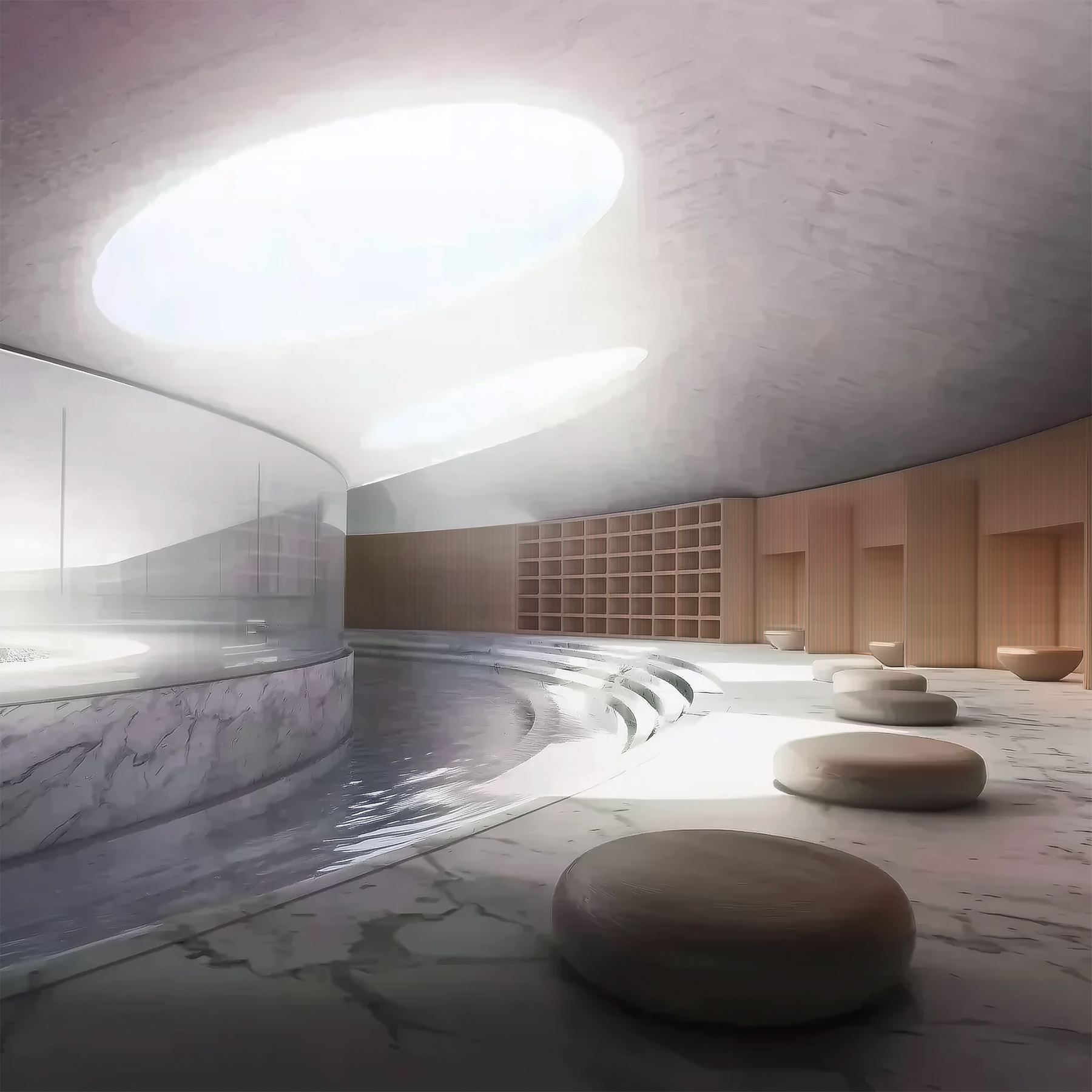
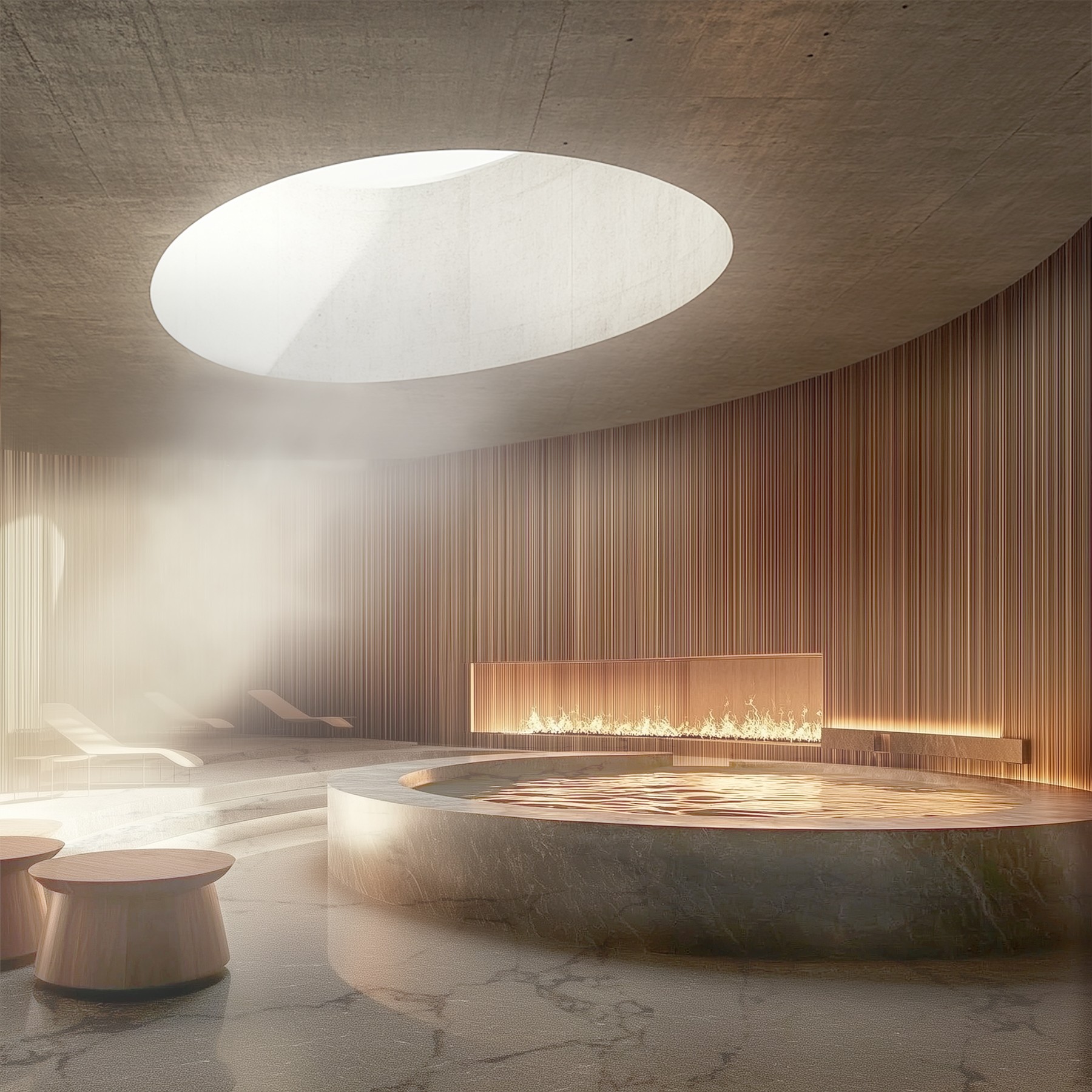
What do you find most rewarding about being a creative?
For me, the most rewarding aspect of being a creative is bringing an idea to life—transforming an abstract feeling, concept, or vision into something tangible that others can experience, especially within the context of a built space.

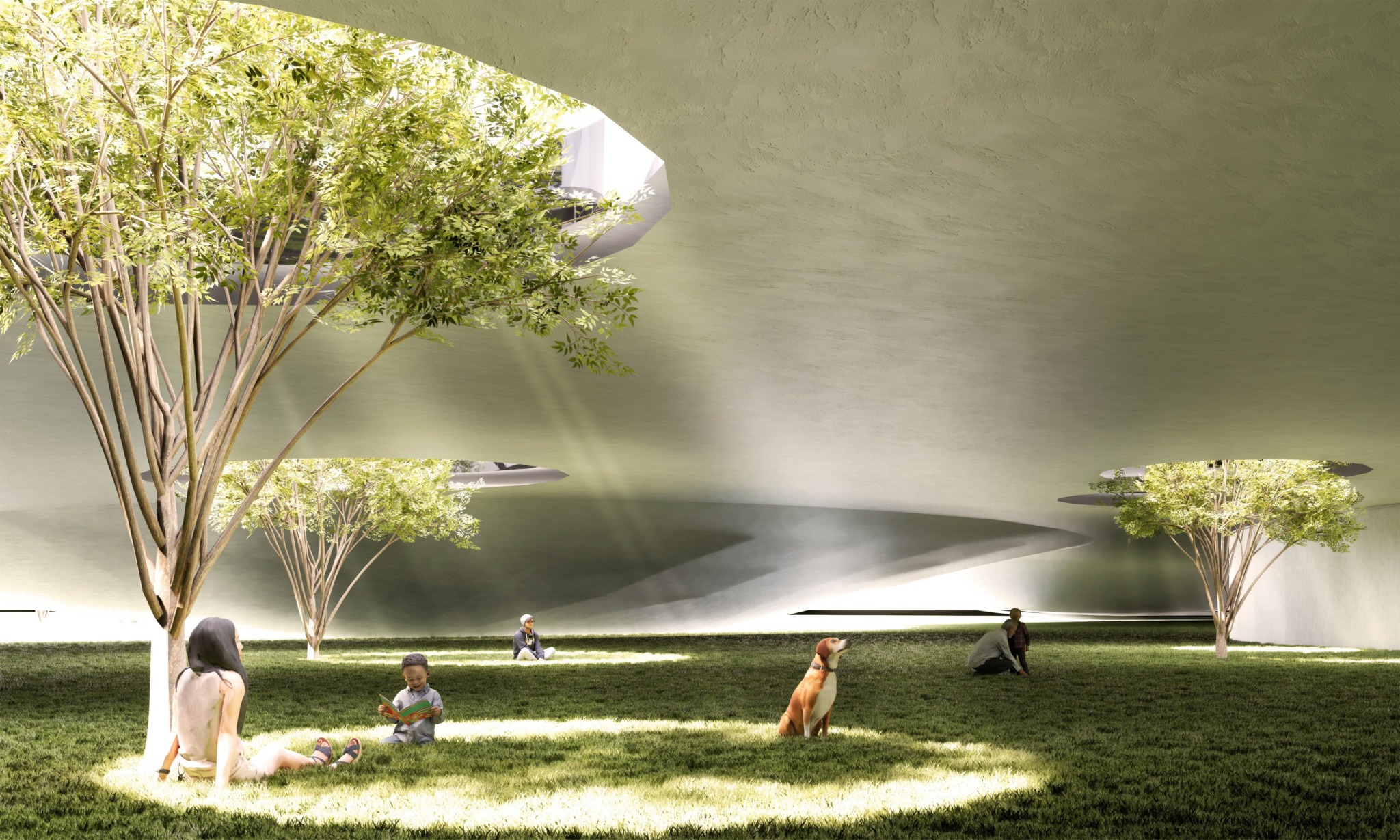
Do you think there is something that non-creatives might struggle to understand about your journey as a creative? Maybe you can shed some light?
For me, the aspect that non-creatives might struggle to understand is the process of iteration. It involves constant refinement, filtering, and change to reach the best version of an idea. Sometimes, new concepts emerge unexpectedly, or the direction might shift entirely, leading to a fresh cycle of exploration. Other times, the idea may prove impractical or even wrong. This journey requires patience, self-discovery, and constant self-evaluation—sometimes even self-doubt. What I’ve learned is that the final result is often a complete surprise, vastly different from where I initially started, but that’s what makes it so exciting.


Image Credits
Yan Wang


